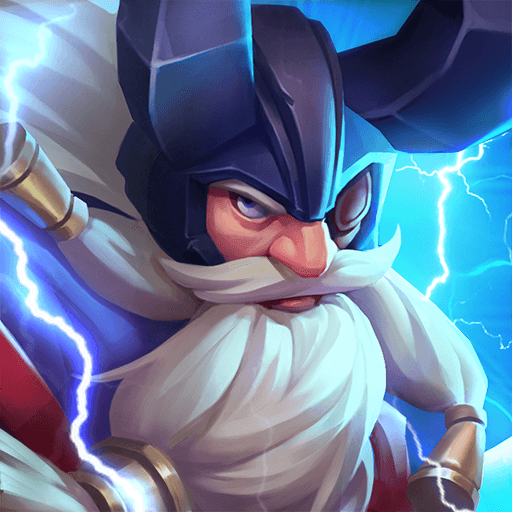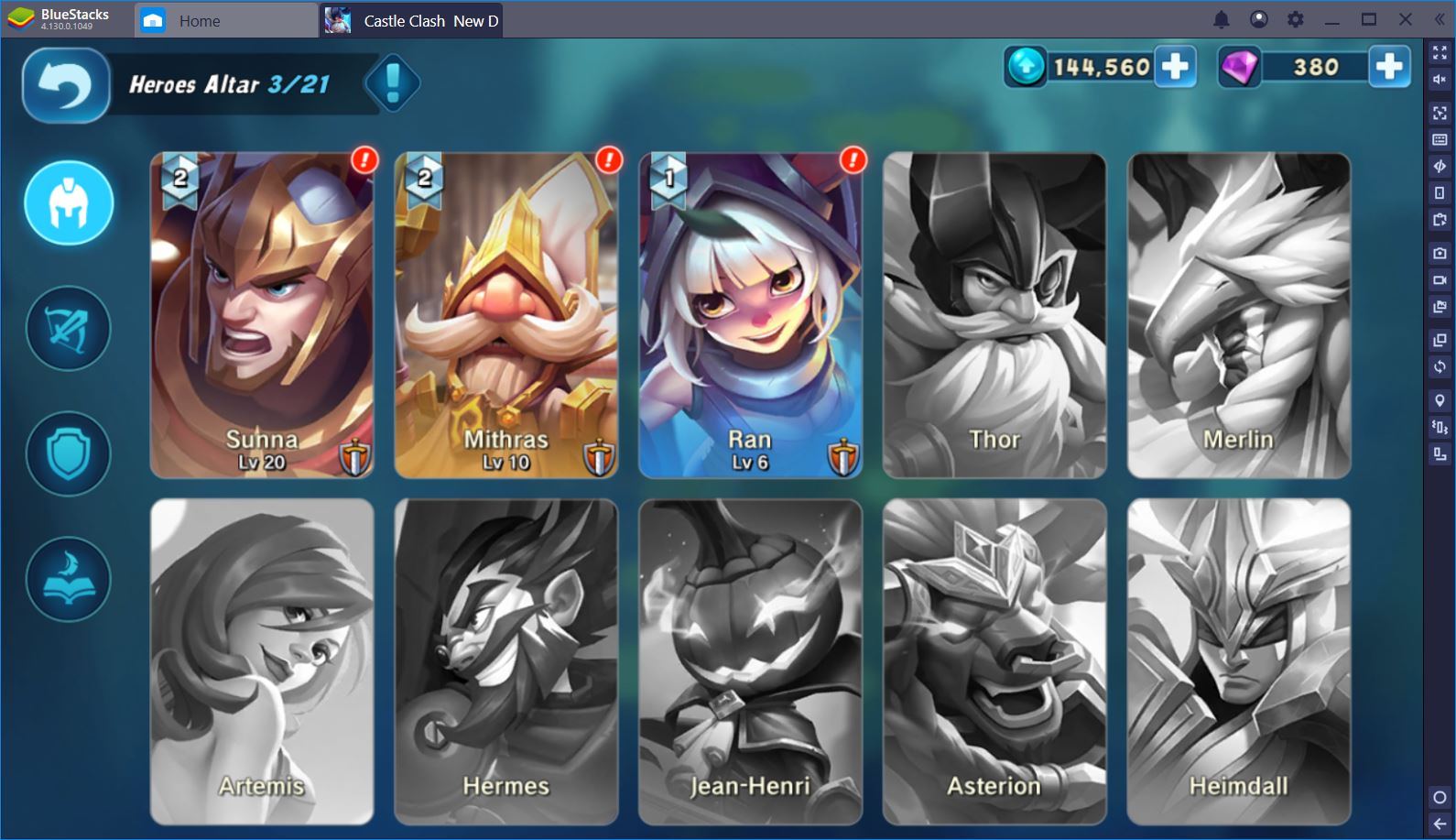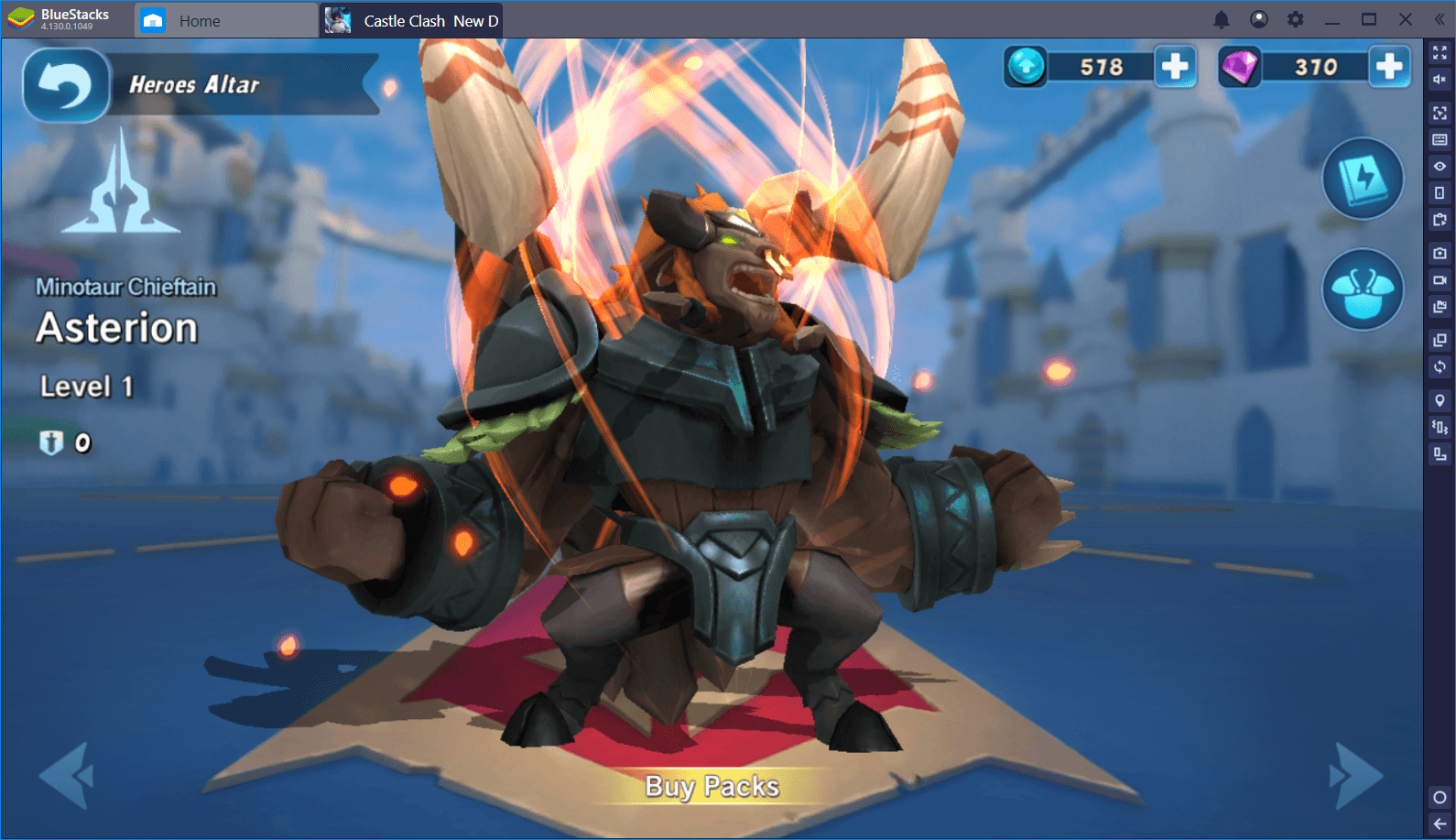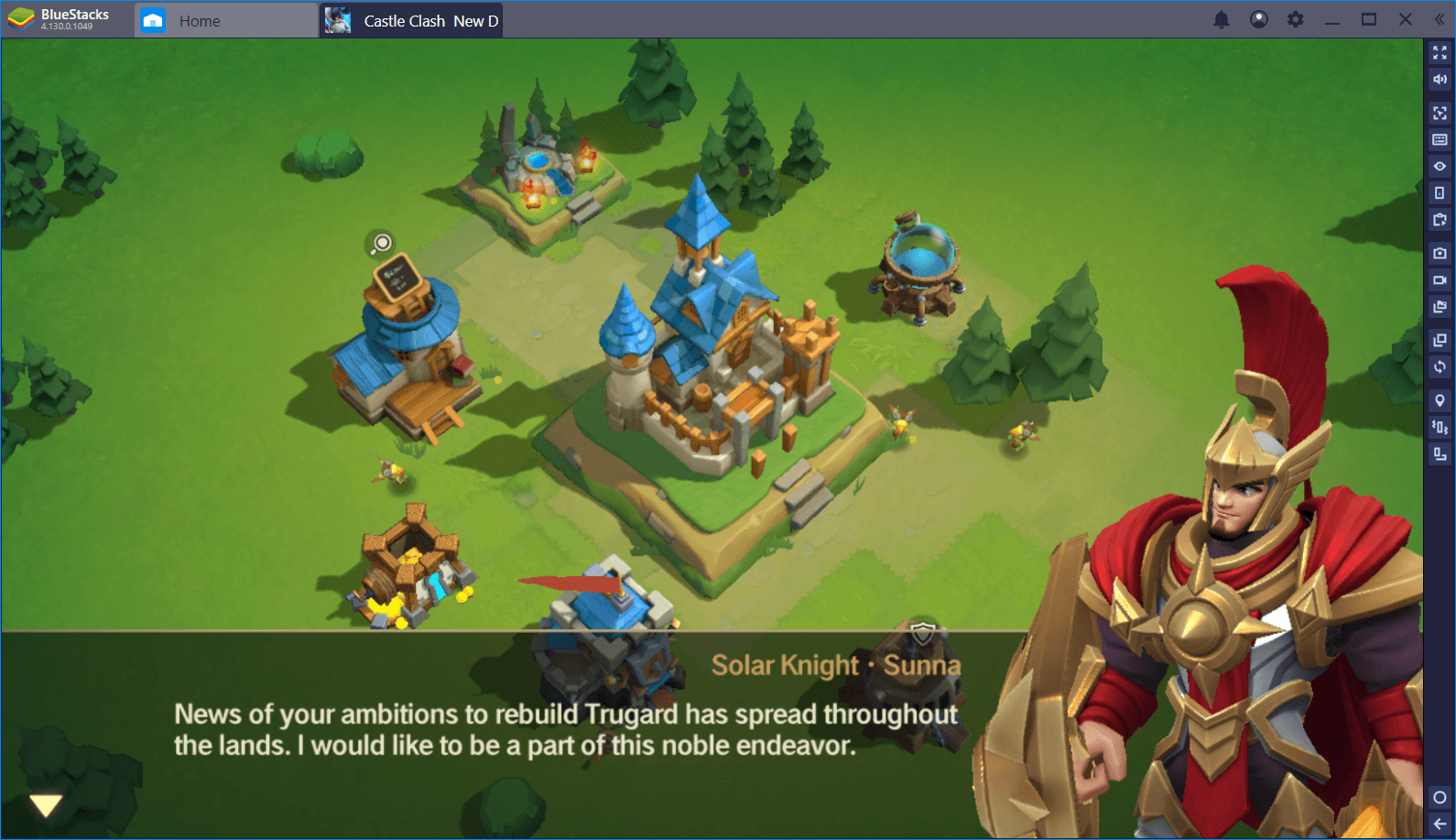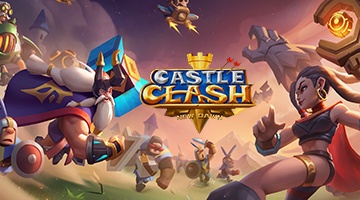Castle Clash: New Dawn – The Starter Guide to Combat and Troops
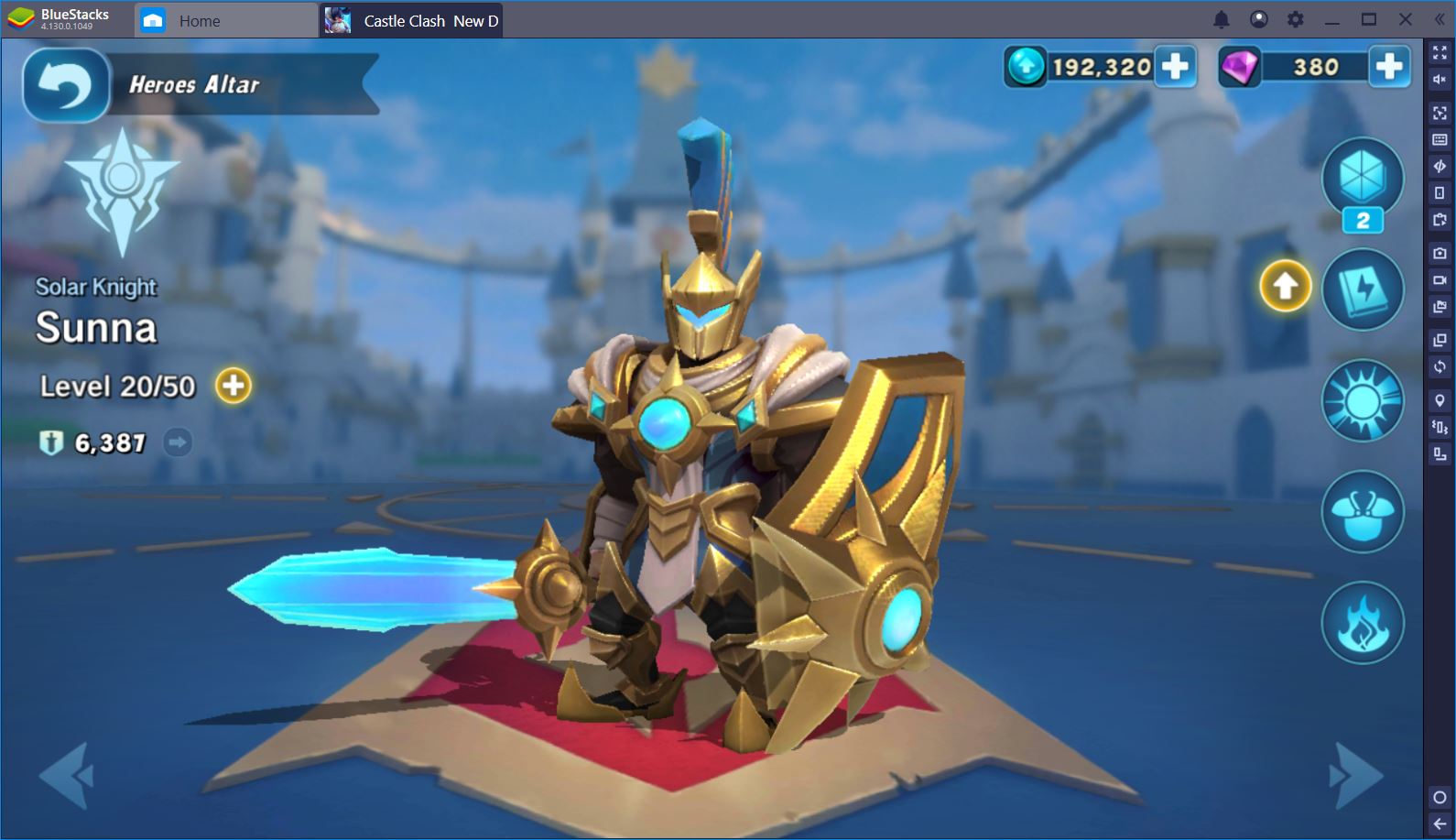
If you’re familiar with mobile strategy games like Lords Mobile, Brave Conquest, or Clash of Clans, it won’t take you too long to become accustomed with Castle Clash: New Dawn. As the successor to IGG’s original Castle Clash, this new release boasts a fresh 3D look, but only minor changes in terms of game mechanics.
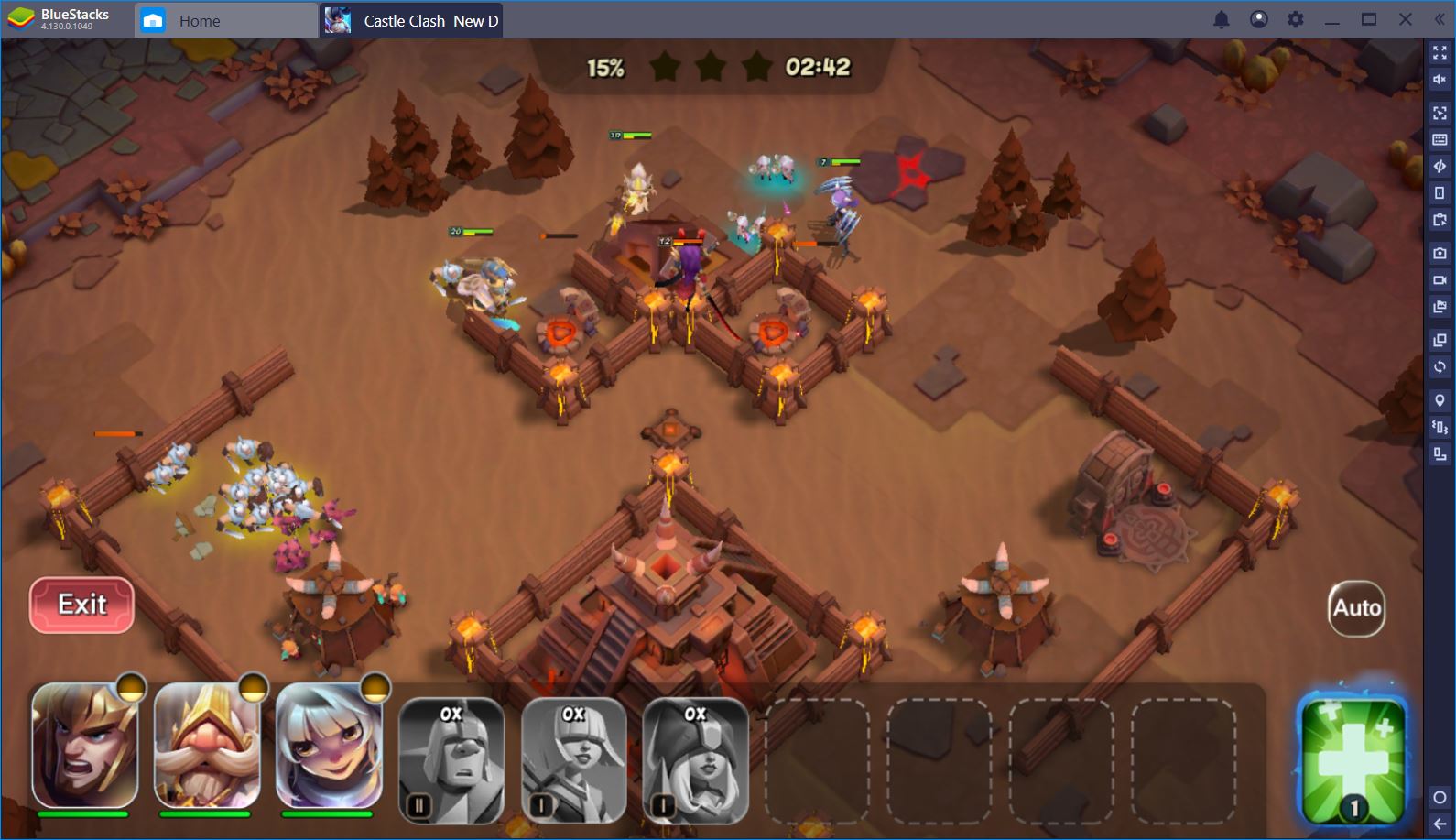
We talk about the novelty of CC: New Dawn at length in our review of the game, so, for now, let’s turn our attention to the combat system and the different types of troops that were only recently introduced. If you’ve never played a similar game before, this article will give you a good idea of how you can navigate sieges and arena battles successfully. Otherwise, if you’re already familiar with CC1, you’ll find details below about the differences between the two games and how you can transition from one to the other with ease.
The Basics of Siege Combat
Like in the original CC1, siege combat is the bread and butter of Castle Clash: New Dawn. You’ll find it throughout the “Dungeon” campaign, where you’ll be tasked to destroy various AI bases, as well as during Raids against the bases of other players. Before you get started with siege combat, it might be a good idea to familiarize yourself with base buildings and defenses. You will find roughly the same buildings you own across all other bases and it can be tremendously helpful to know what each building does before you devise a strategy.
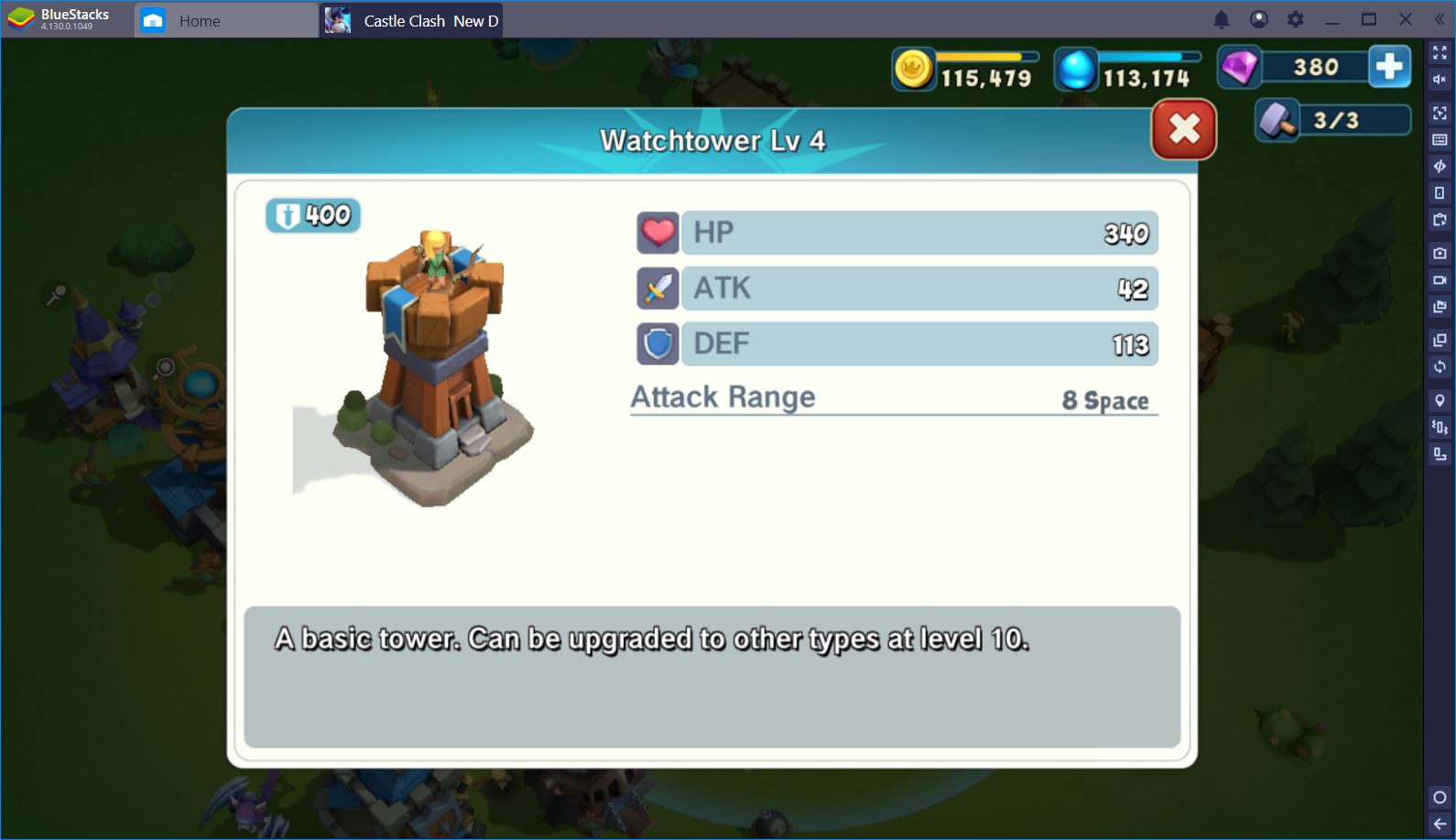
Before a siege begins, you have approximately 30 seconds to scout the enemy base. When you’re attacking another player, this is also the time when you can choose to find another target if you feel that the current base is either too strong or too poor to be worth the effort. The pre-siege phase ends either when the time runs out or when you place the first troops on the battlefield.
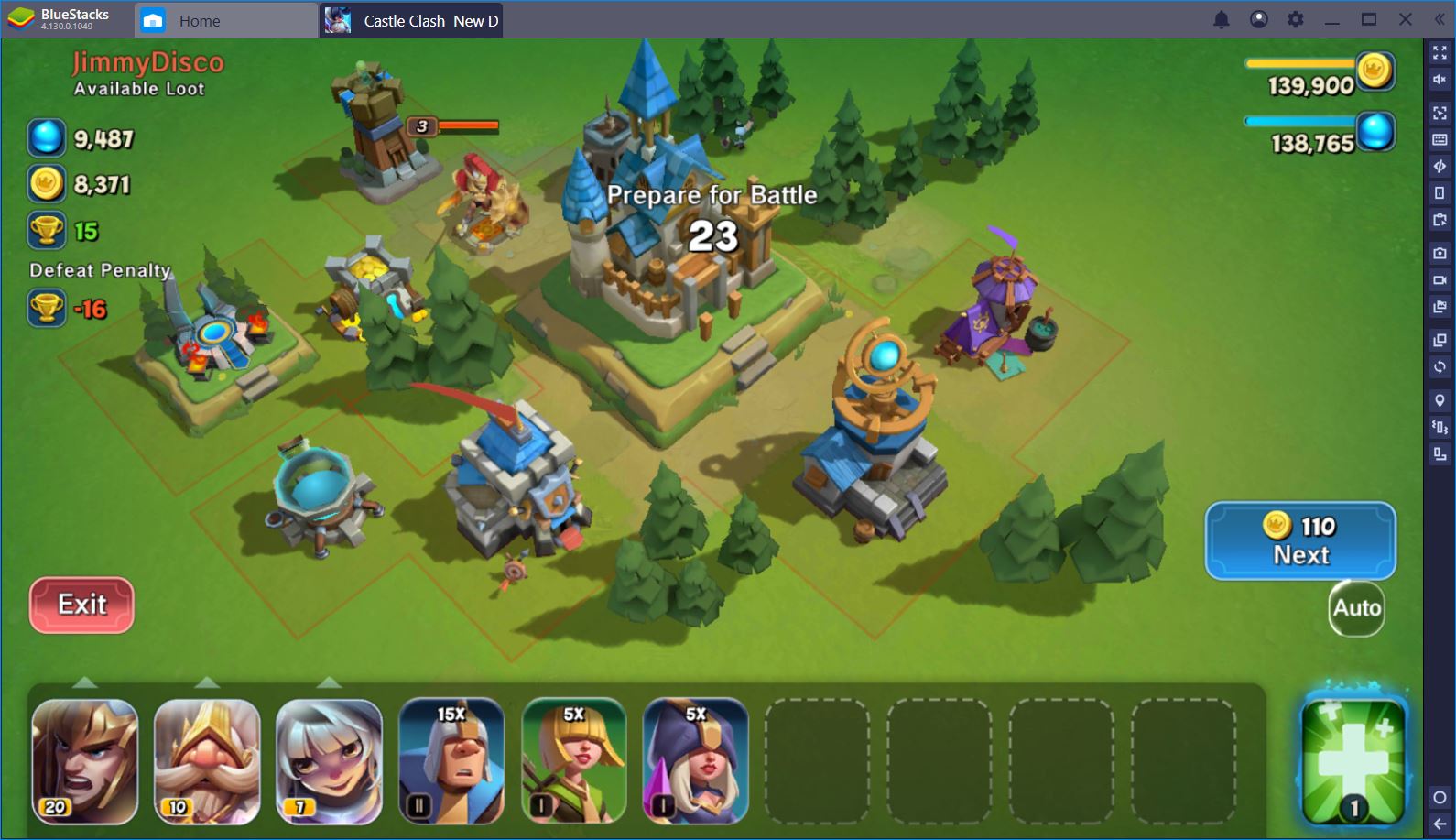
You then have just under 3 minutes to destroy all buildings inside the base in order to score a 3-stars victory. While Raiding, you’ll generally want to look out for two main targets – the resource buildings, which you hope to loot, and the defensive buildings, which you must destroy first to ensure the survivability of your army. If the siege is successful, you get to keep all looted mana and gold and you are granted some bonus resources based on your score.
The Basics of Arena Combat
Unlike in sieges, arena combat does not involve any buildings. Instead, it’s a skirmish between two armies that have been previously deployed by their respective owners. On the one hand, you have the advantage because, as the attacker, you play against the AI, rather than against another person. At the same time, however, it is up to you to deplete the other player’s 10 HP points in order to win, which means that at least 10 of your units must survive the battle to score a complete victory.
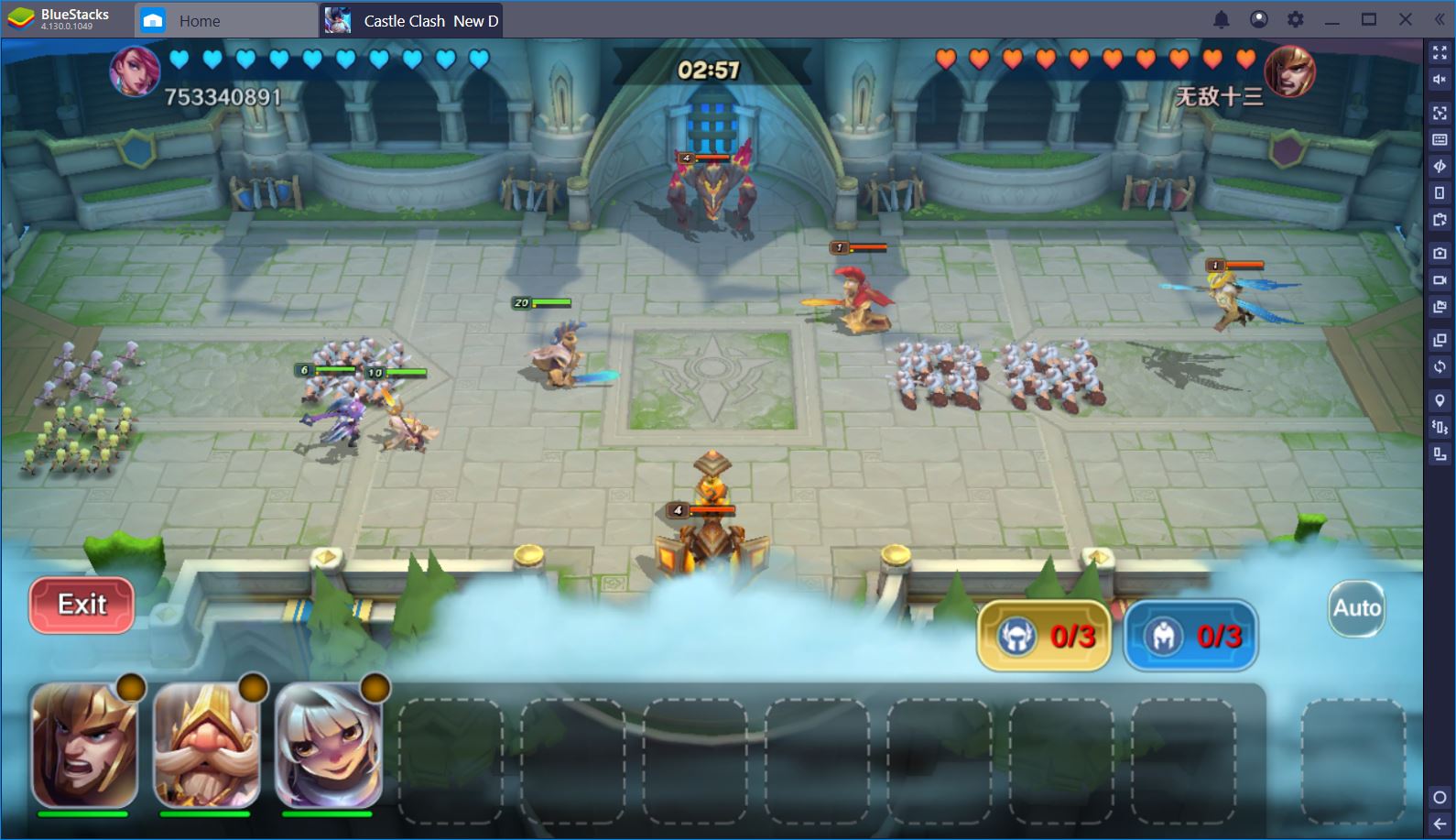
Play Castle Clash: New Dawn on BlueStacks!
In addition, you’ll notice that the arena features 2 NPC mini-bosses on either side, aside from the two armies. You don’t necessarily have to kill these NPCs, but they can distract your units from attacking the other player if you don’t position your army right down the middle of the arena. If you do kill an NPC, this rewards you with a spell (such as Fireball) that can come in-handy throughout the battle.
If fewer than 10 of your units survive the battle, you are unable to completely defeat your opponent. However, if you wait out the timer, you can still earn a victory and some fewer resources.
How to Use Heroes Correctly in Combat
Unlike in CC1, heroes are no longer your main source of damage since troops are now significantly more useful in this respect. However, heroes remain your tankiest units and should be used as such in order to protect your troops. In addition, while fallen troops must be re-trained using mana, heroes that die in battle can recover for free after combat has ended. If you’re very eager, you can use diamonds to revive them faster, but, essentially, they cost nothing to revive.
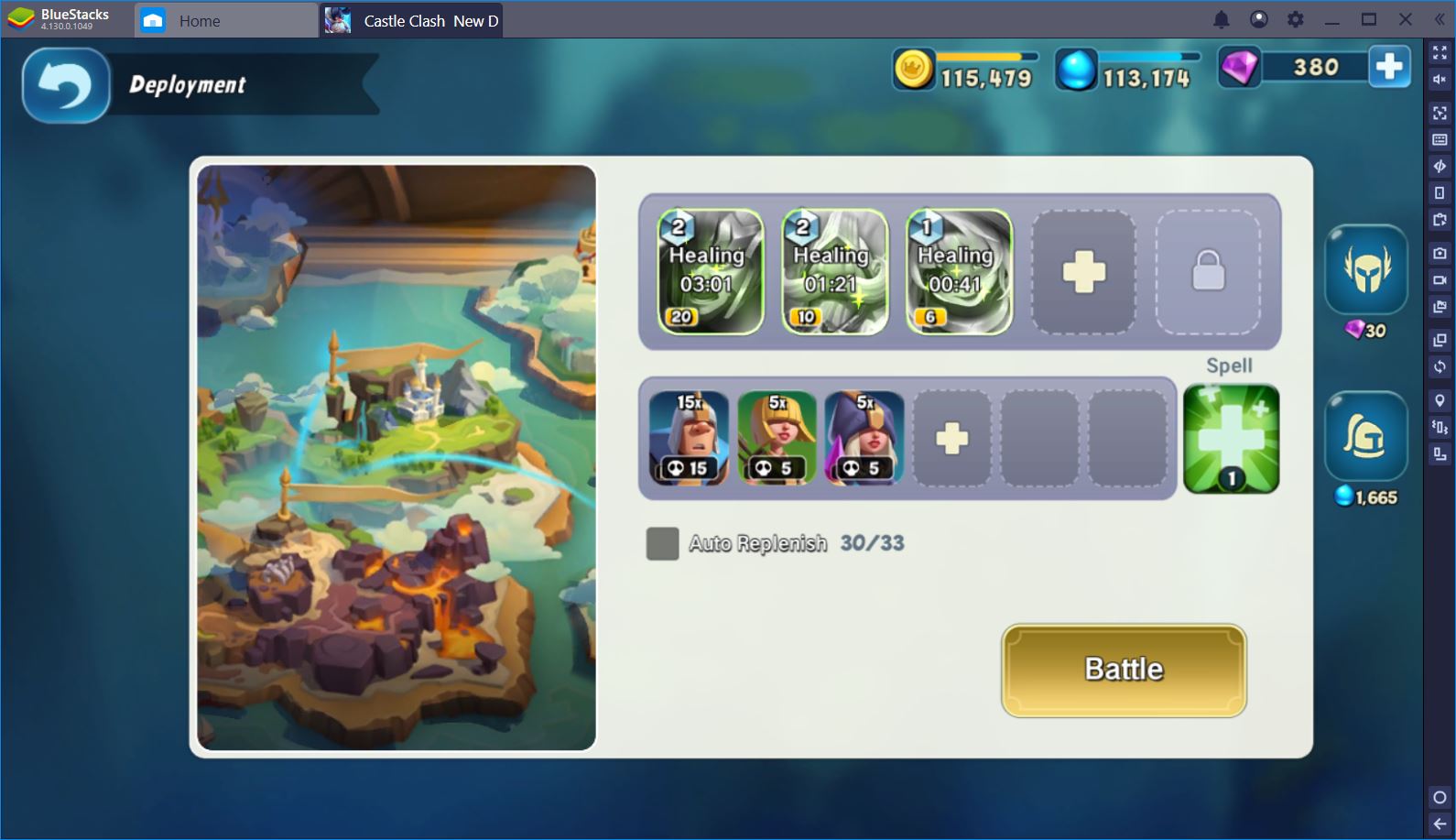
We’ve talked about how you can unlock and upgrade more heroes in a different guide, so, instead, let’s focus on how you can use these special units in combat. Each hero has a unique ability that can be triggered in battle once their meter is filled. The ability of some heroes is so powerful (take Asterion, for example) that it’s worth keeping them alive for multiple casts. With most heroes, though, their main purpose is to serve as a shield for the rest of your troops.

More practically, this means you should always deploy your “tanky” heroes first during sieges. In other words, make sure that whenever you place troops on the battlefield, all surrounding enemy units or buildings are busy hitting one of your heroes. During arena battles, all troops and heroes are deployed at the same time. However, you can still ensure that heroes get hit first by placing them to the fore of your formation.
Become Familiar with Different Troop Types
CC1 was somewhat lackluster in terms of army versatility, but this is something that IGG have corrected in Castle Clash: New Dawn, where you can unlock more than a dozen different types of troops, all with unique stats and abilities. While the four main staples – footmen, archers, cavalry, and siege engines – remain relatively the same, each of these typologies is now represented by several types of troops.
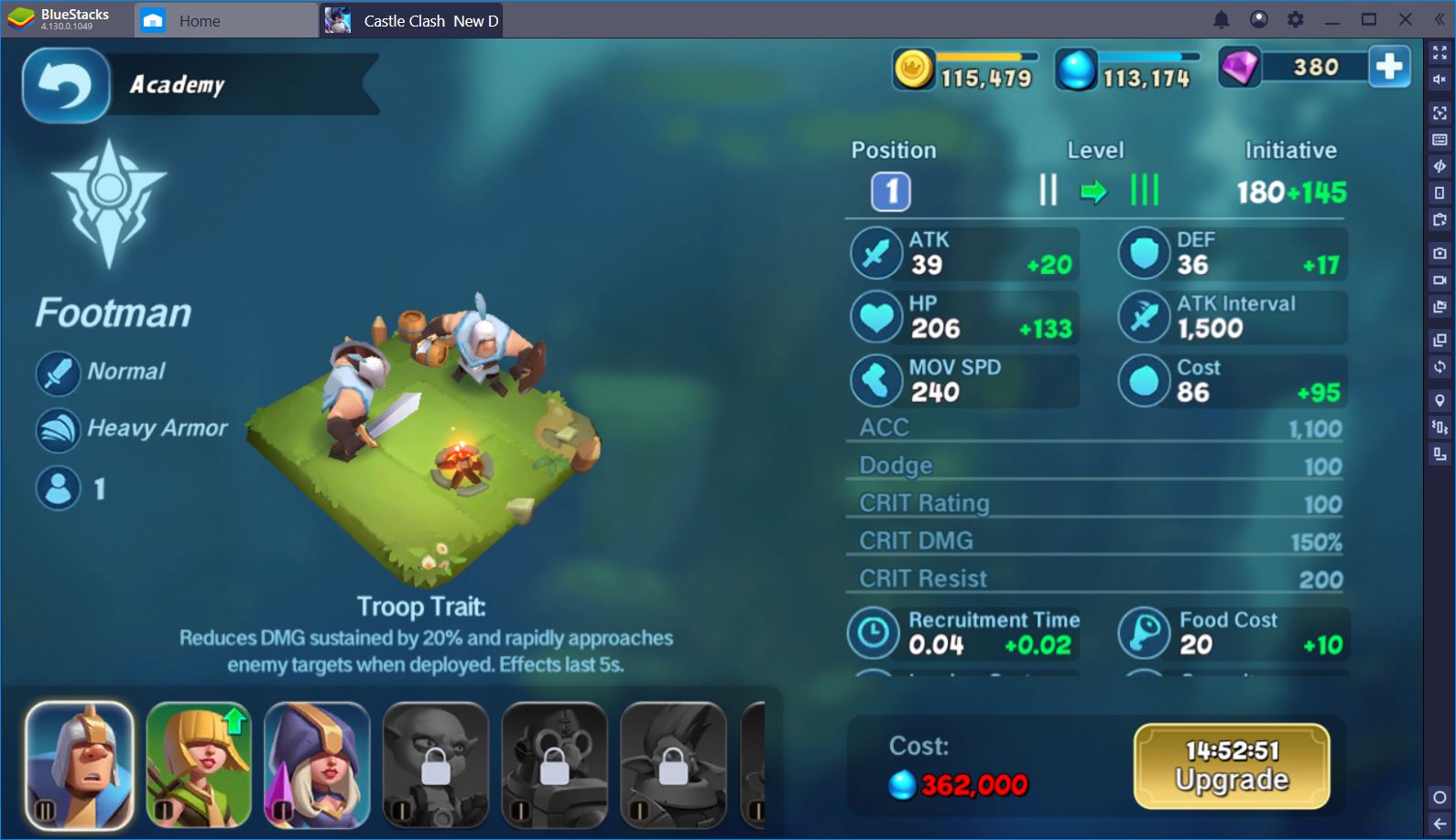
Take footmen, for example. You have the basic unit with mediocre stats that occupies little space in your army, but you also have Fae Warriors with better damage and dodge in exchange for lesser defense. Guardians take up more space in your army, but are much sturdier against buildings than other melee units, while Shadow Ogres are just as bulgy, but fare better as tanks against enemy troops.
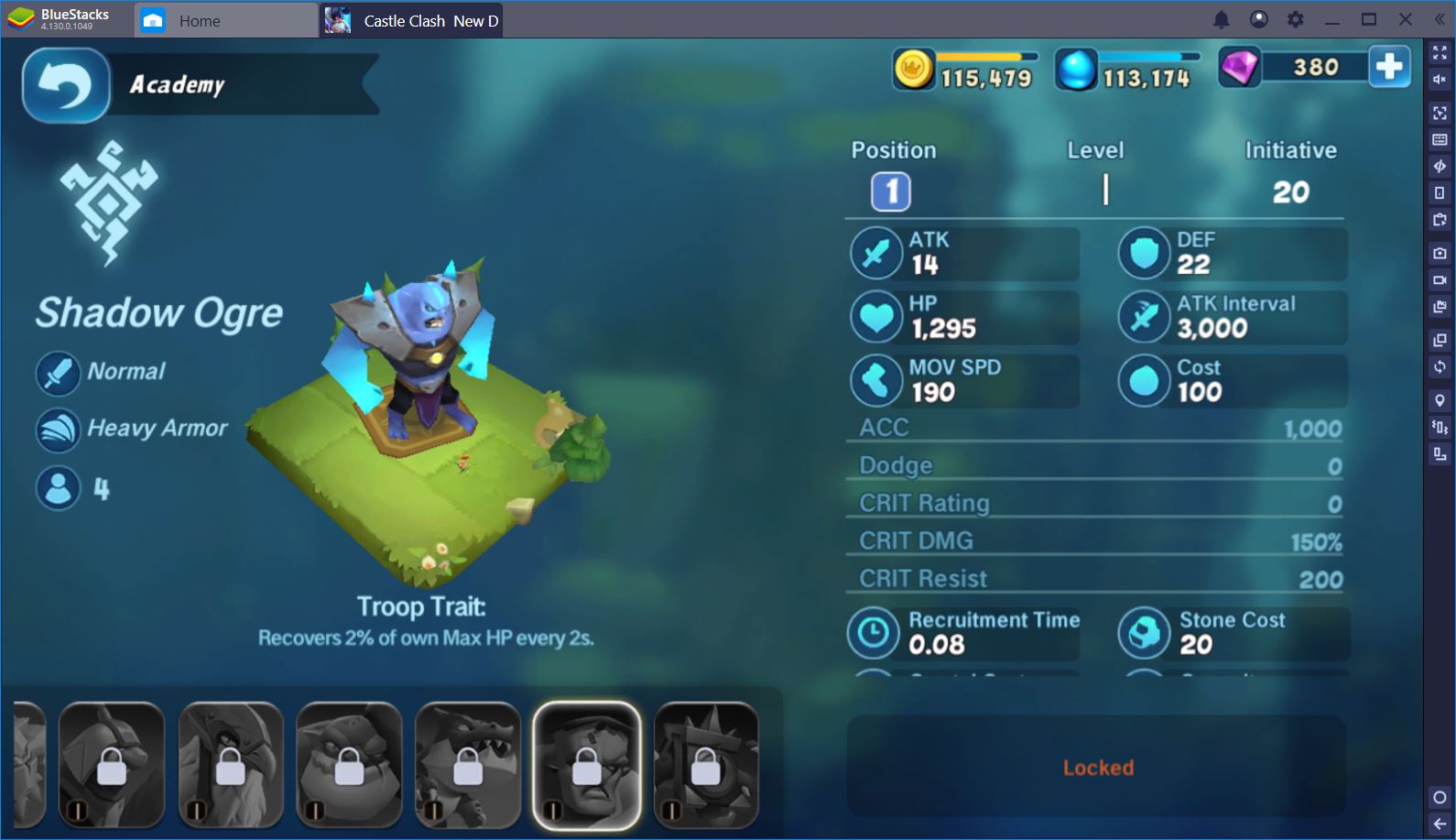
Each main type of unit has its own different varieties, which makes it much more fun to plan your formation prior to combat. Naturally, you won’t have access to all of these troops right away, but most of them can be unlocked for free once your Castle and Academy are of the appropriate level.
There’s much more to be said about combat in Castle Clash: New Dawn, but we believe that once you understand these basics, you’re better off learning the rest from experience. It will definitely take some time before you become familiar with the different heroes and troops, but once you try them out a couple of times, you’ll know exactly when to pick them and how to maximize their use in combat.

